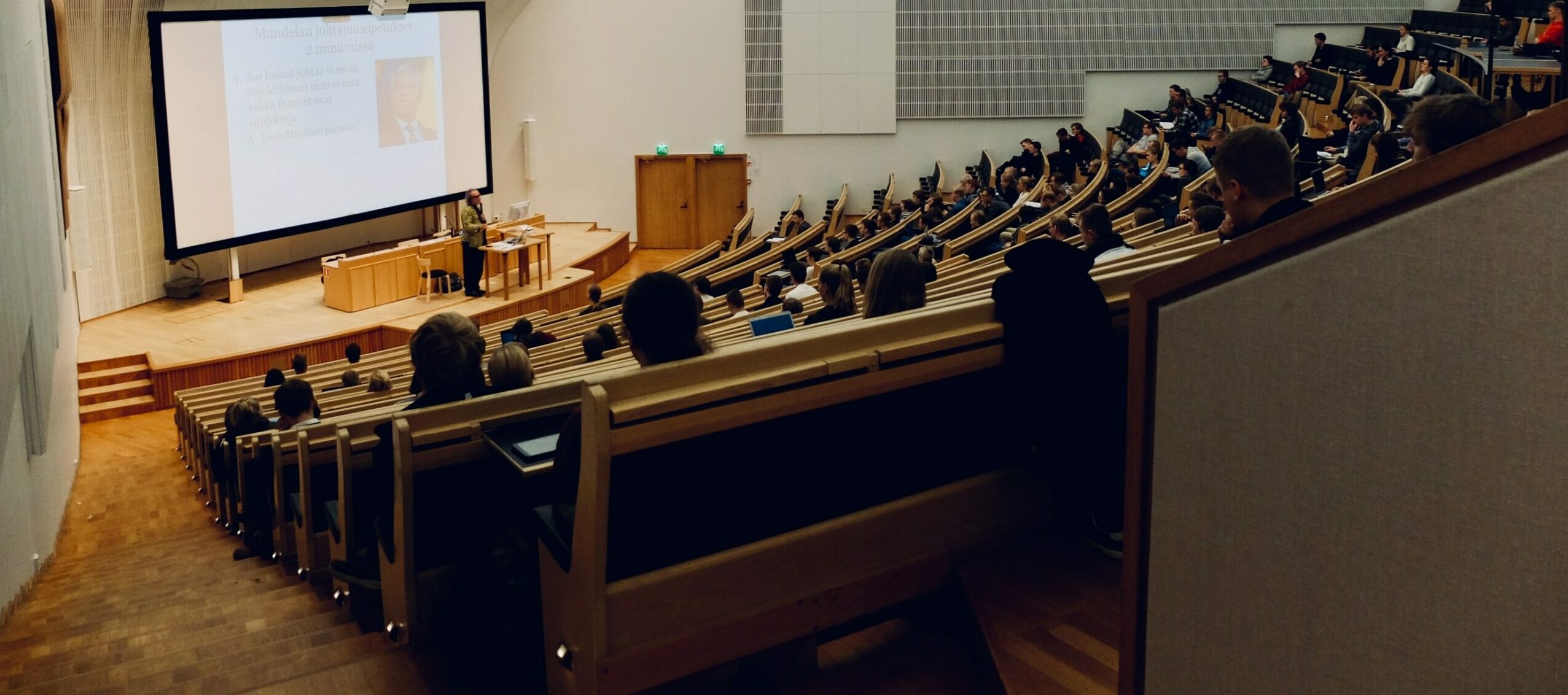Due to their strong interconnections with the corporate world, French business schools are a mirror of today’s corporate world, also contributing to shaping the behaviors and beliefs of tomorrow’s business leaders. Hence, looking at business schools from a gender perspective gives us useful insights into gender inequalities in the workplace. This conversation started in a previous blog by looking at the impact on women of a culture that tolerates sexism and gender-based inequalities. In this second blog article, I will focus on what happens when female and male students work together, how it relates to what women experience in the workplace, and what you can do about it in your organization.
Roles and Responsibilities in Teams: Who Gets the “Non-Promotable” Work?
A large part of the business schools’ curricula is based on case studies and group assignments. Students are expected to work in teams on various projects as a way of learning key competencies for their corporate careers such as project management, collaboration, and leadership. What can be observed is that, when female and male students work together on assignments, women often end up performing tasks that are necessary for the project but not rewarded, such as planning the work and proofing the documents. Similar patterns can be observed in companies, where more women than men execute “non-promotable” tasks. According to this Harvard Business Review article, “non-promotable” tasks are tasks that benefit the organization but do not contribute to the performance evaluation and career advancement of the people undertaking them. Research shows that women spend more time than men on “non-promotable” work, because they are less reluctant than men to volunteer for these activities, and because managers ask women more often than men to perform these tasks.
Take Action: Why and How to Establish a Balanced Allocation of Non-Promotable Tasks
Why is it important for the success of your organization to notice who gets the thankless yet necessary work? It is of course a matter of equity between men and women, but also a matter of talent management. If your organization wants to capture the full potential of all its employees and advance its most qualified people, then thankless tasks should be shared and not fall disproportionately on women. Easier said than done as gender stereotypes are pervasive and telling people what to do and not do will not be sufficient.
As a leader, it is your role to shape the context that will drive the actions that you want to see. Before you can start intervening, you must first reveal the existing situation, looking at who does what and what people say about it. You can then set up a new context for these tasks, for example, make them more fun or more recognized. Finally, defining operating principles and practices that will drive an equitable distribution of these tasks among employees will help sustain the efforts. Through this intervention, new possibilities will emerge for your employees to thrive and use their full potential in service of the success of your organization.






